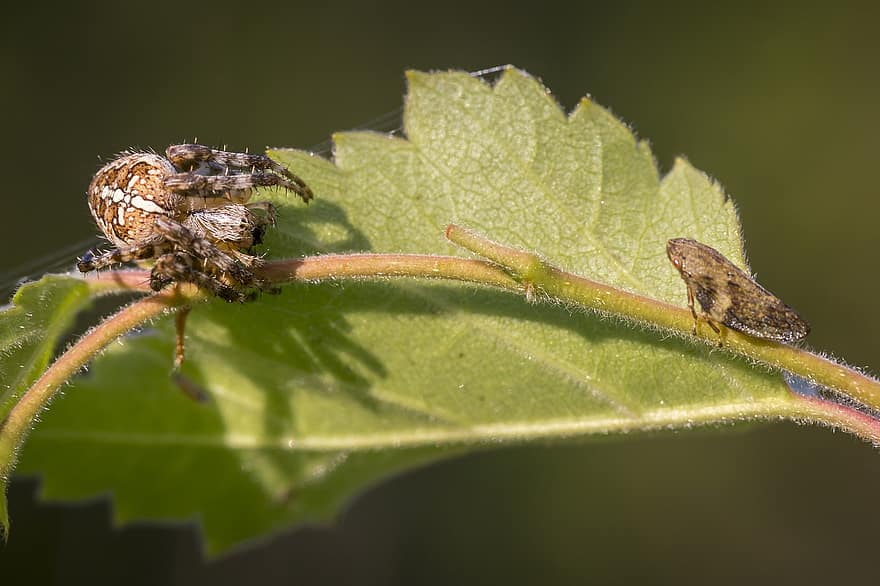Knowing how to keep bugs out of mini greenhouse involves inspection, prevention, sanitation and maintenance, insect education, and solution when problems arise. You might think that because of its size, a mini greenhouse doesn’t require proper care, but to serve its purpose, you have to be responsible every step of the way. It’s crucial to address bugs and pests as early as possible to prevent drawbacks that are difficult to resolve later on.
Like knowing how to keep grass from growing in the greenhouse, it’s straightforward to learn how to prevent bugs from infesting your greenhouse. Below are the practices you can enforce in your daily activities, from prevention to the real solution. Overall, the gardener must aim to prevent pests from arising instead of only relying on the answer to the problem.

How To Avoid Bugs In A Mini Greenhouse Successfully
Inspection
The first and easiest way to keep bugs out of the mini greenhouse is to prevent them from occurring. This is the part where you have the most control and highest success rate. However, diligence and activeness are two characteristics that you must be consistent with every time you’re in the mini greenhouse.
For example, bugs usually manage to get inside your greenhouse via the new plants you bring. Regardless of whether the infestation doesn’t look severe on the plant, it would help if you treated it before moving it inside. You might also fail to see some insects and eggs hiding, so thoroughly inspect your new plants beforehand.
An excellent way to ensure that your new plants are bug-free is by waiting for at least two weeks before bringing them in. It’s worth investing in an area separate from your greenhouse that can hold the new plants. Scout for potential pests and contact your grower to know the pesticide they’ve used to choose something with a different mode of action.
To save time in inspection, you can use sticky traps alongside regular scouting. This way, you can identify the pests quickly. Use vertical and horizontal sticky trap cards to ensure that you’ll get all kinds of potential pests.
Prevention
In addition to inspection and separation, adding screens on all openings and checking under the walls will prevent unwanted bugs. The areas over the vents, behind the fans, and the greenhouse floor are potential pests’ entryways. Additionally, keep the vicinity around the mini greenhouse bare and free from other plants because they can encourage pests.
Sanitation and maintenance
A significant factor that affects the pest and bug population in the mini greenhouse is poor control over sanitation and maintenance. Referring to poor hygiene, failure to remove weeds will introduce pests such as aphids, mites, and whiteflies. Even the debris that you leave in the mini greenhouse can harbor thrips.
Stagnant containers with water become the source of food of shore flies, while some old plants can also have recurring populations of spider mites. Practices like excess fertilization and improper watering worsen the infestations of bugs as well. And lastly, the temperature in the greenhouse can also dictate the survival of pests.
Insect education
Not all bugs in the mini greenhouse are your enemy. For example, the University of Massachusetts Amherst mentioned how you could control greenhouse pests using their natural enemies, which are insects too. Biological control would be a better course of action because pesticides have different precautionary measures, especially when you’re growing vegetables in the mini greenhouse.
There are many beneficial insects such as Encarsia Formosa and Eretmocerus eremicus wasps, predatory mites, pirate bugs, and ladybird beetles that will feed on pests like whiteflies. Different university extensions have given information on natural enemies for common greenhouse pests, so it’s not difficult to find what insects will help you fight bugs and pests. Best of all, you can add them to the greenhouse without the fear of residual effects similar to pesticides.
Solution
Depending on the degree of infestation, you will choose the best course of action. For example, biological control and spot treatments can address low populations of bugs. On the other hand, a pesticide treatment might be necessary if you have a high infestation level in the mini greenhouse.
You want to reduce the problem as soon as possible so the pests won’t spread in the mini greenhouse. Even if you only see them in small numbers, they can quickly become more concerning. However, if you need to use a pesticide, consider a biorational one to minimize the adverse effects on the environment and other living things.
A biorational pesticide, from the name itself, is a less harmful pesticide because it is usually plant-based. This makes them a better option for treating the mini greenhouse because they have minimal risk. Upon checking, you’ll see that their active and inert ingredients are safe and don’t require federal registration requirements.
Conclusion
The mini greenhouse is an excellent structure to grow fresh crops and healthy plants year-round. But before you face the problem of pest infestation, learn how to keep bugs out of mini greenhouse effectively. This includes inspection, prevention, sanitation, maintenance, insect education, and proper solutions once the problems arise.
While pesticides effectively control the bug population, it’s also worthy of considering predatory and beneficial insects. However, if the situation calls for a pesticide, opt for a biorational one for minimal risks.
